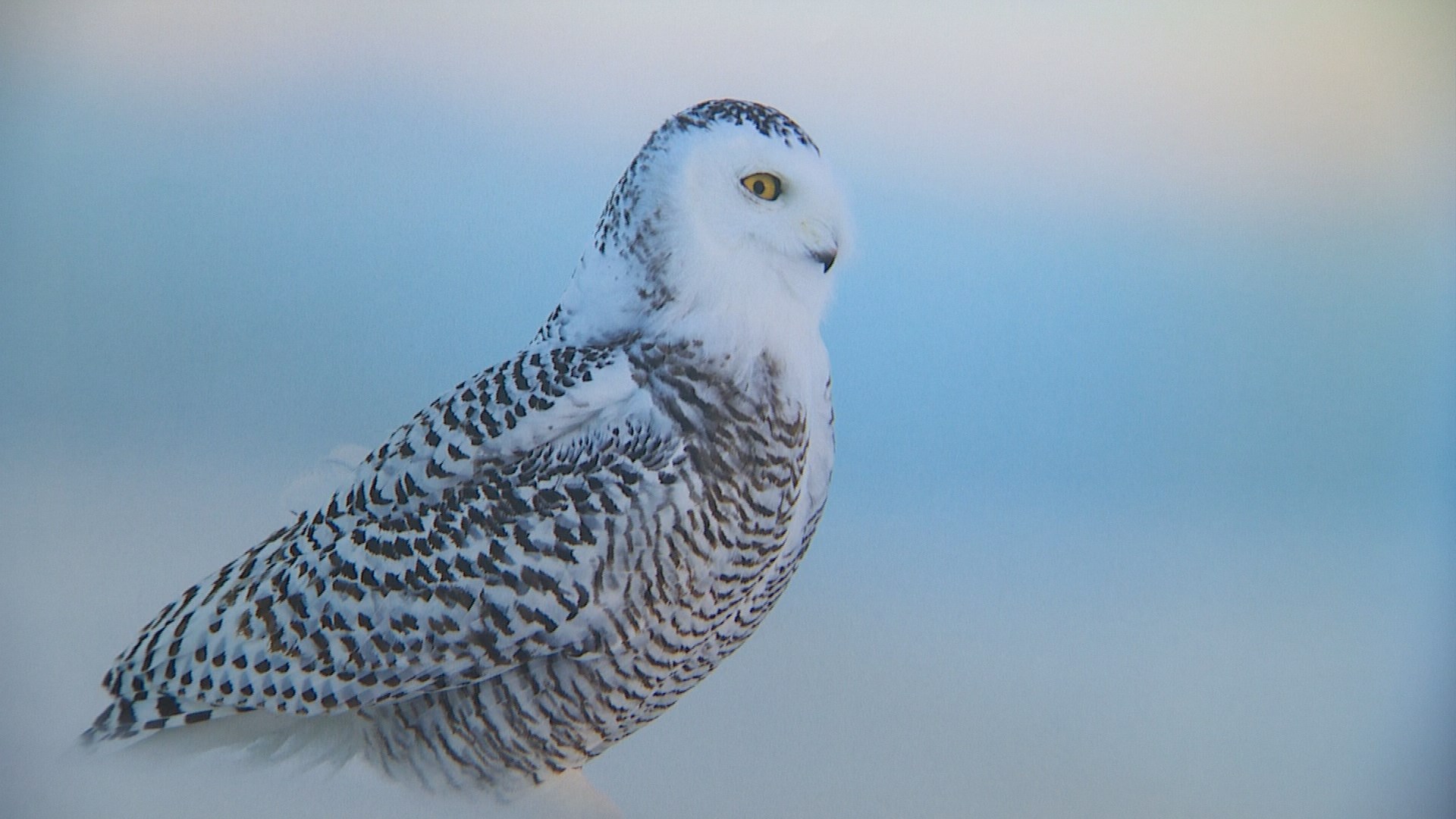We knew the chances of spotting an owl were slim. They're hard to find, after all.
Nevertheless, we set out before sunrise at Discovery Park on a quest to photograph a barred owl.
"We have to think like an owl if we're looking for owls," said Paul Bannick, a photographer and author from Seattle who just released his new book, Owl: A Year in the Lives of North American Owls.
Bannick's book mixes stunning photography and intelligent narrative about all 19 species of North American owls.
"I wanted to create a book that raised awareness about the lives of owls," he said. "We protect what we love."
As we trudge along miles of trail in Discovery Park on a misty Friday morning, Bannick explained what to look for: Open spaces with nearby hiding places. Dead trees. Branches, logs or other objects about 20 feet off the ground where barred owls can perch as they hunt for prey.
Bannick is like an encyclopedia of owl knowledge. He's studied owls for twenty years.
"I feel like they invite me to photograph them," he said. "They have these distinctive calls. They've been around my whole life. As I've learned the calls, I learned there are always owls around. I just never knew they were owls. Cackles. Hoots. Whistles."
We scrutinized every tree branch and log for miles, but never did find our barred owl.
"What I've learned is the best places to find owls are often the coldest, darkest, wettest, most uncomfortable places," Bannick said.
Bannick put it this way: you don't find owls. They find you.
You can see more of Bannick's photography at his website.


